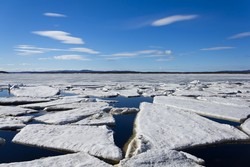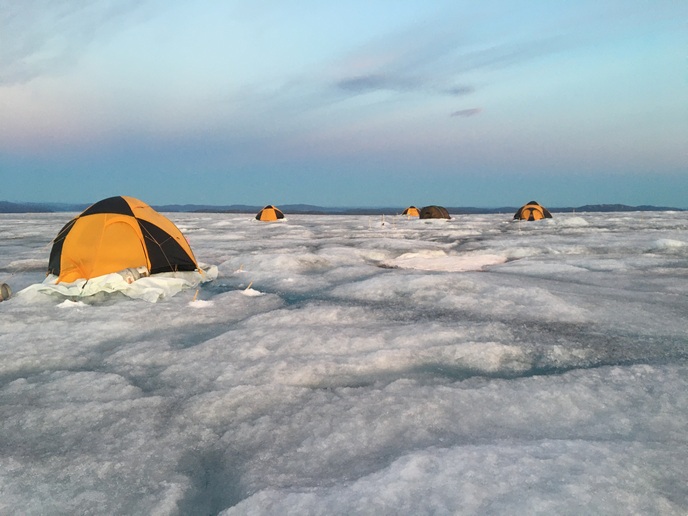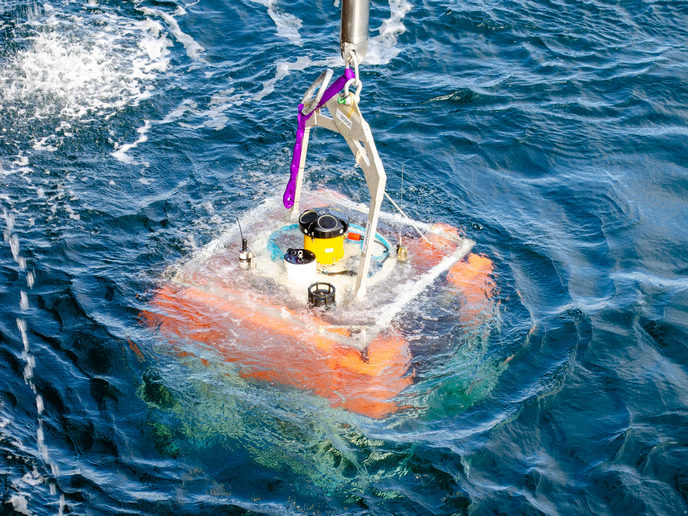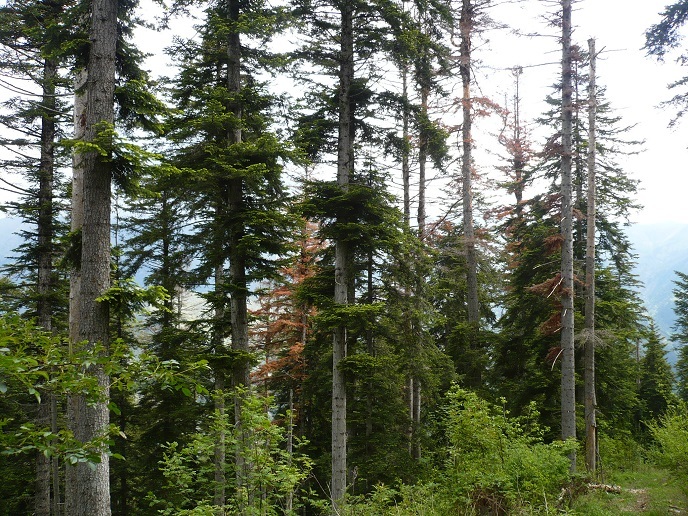Effect of sea ice loss on polar biogeochemistry
Biological and chemical processes that take place in the sea ice zone are not well studied, although they potentially play an important role in Earth system models (ESMs). This lack of knowledge was addressed by the BISICLO (Biogeochemical cycles, sea ice and climate in the polar oceans) project, which investigated the consequences of sea ice retreat on polar marine life and biochemistry. Researchers studied the composition of chemical elements in sea ice using a unique numerical tool for large-scale sea ice models named LIM1D. This was the first relatively complete biogeochemical process model incorporating brine physics. The results provided valuable insights into the dynamics of algae, carbon, oxygen, nutrients and gases in sea ice. According to the LIM1D tool, carbon was supplied to the ice when the ice is formed and released to the ocean via fluid transport and melt processes. Other processes such as calcification, ice algae and ice atmosphere exchanges were found to be of lesser importance for estimating carbon budget in sea ice. The ESM was also used to determine whether sea ice retreat will result in more or less Arctic microalgae. It was found that all models predicted an initial increase, but a long-term answer was not possible because of uncertainties regarding nutrient stocks. Researchers also collected over 500 sea ice cores, which clearly showed that phosphates accumulate in sea ice and that Antarctic pack ice is very rich in iron. Observations also suggested that the nature of the iron changes according to the distance from the coast, due to the relationship with the continents and organic matter in sea ice. This information will be extremely useful for future ESM studies. BISICLO will help reduce the uncertainties of climate and carbon cycle-climate projections in the polar regions and allow scientists to estimate the composition of chemicals in sea ice. By improving understanding of sea ice processes, they will gain a clearer picture of the effects of human activities on climate change.







